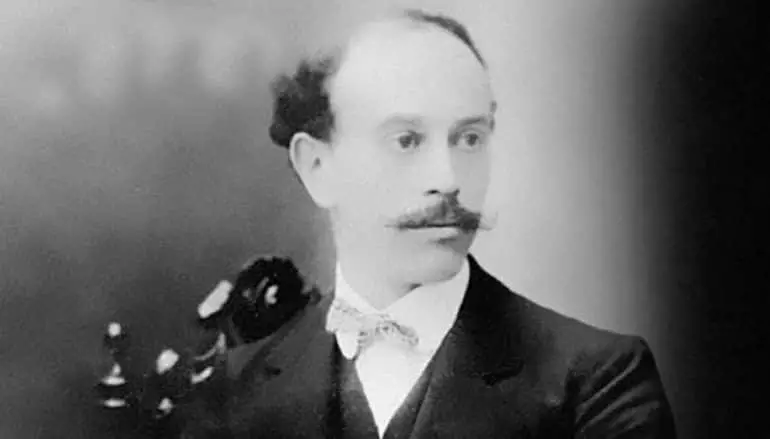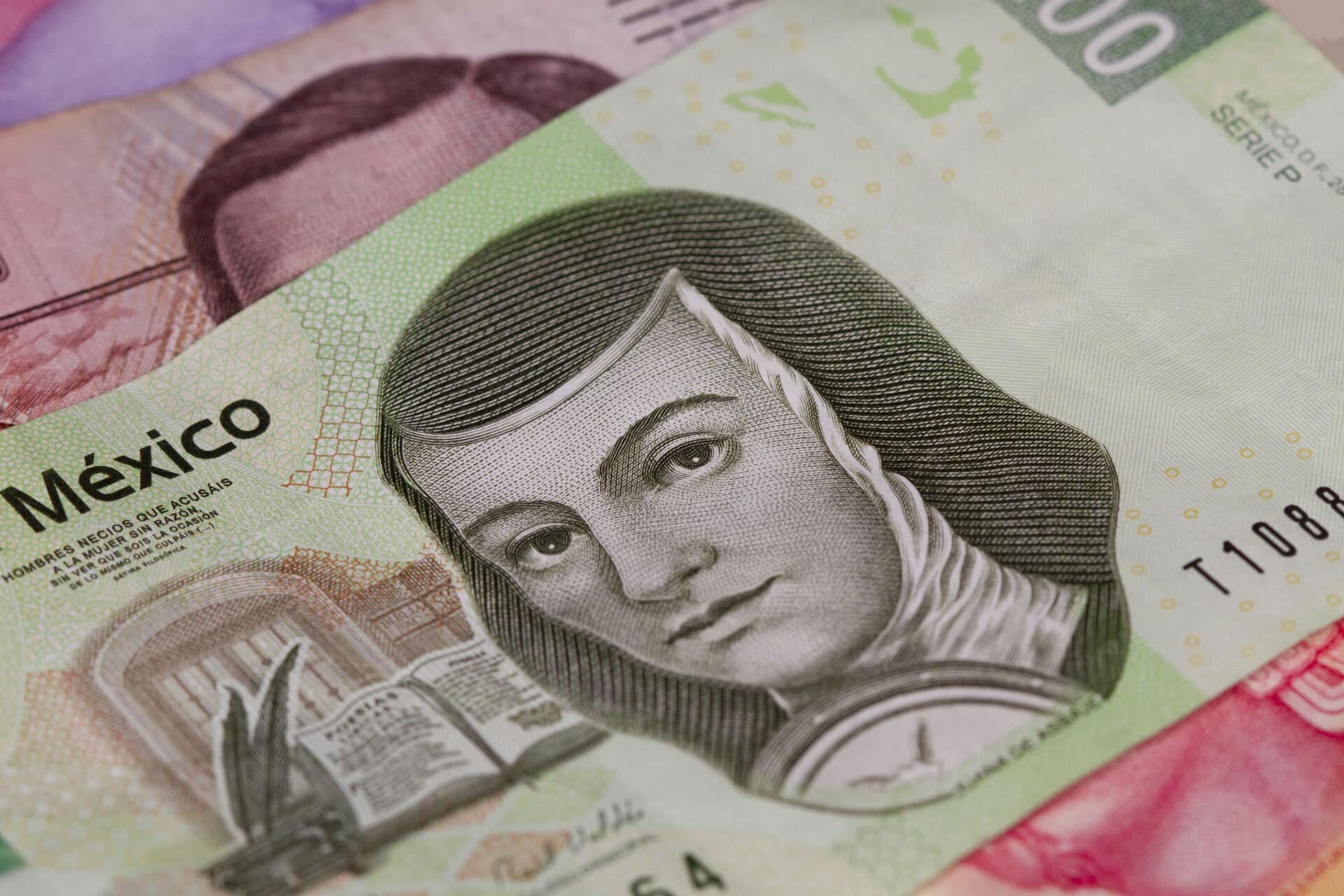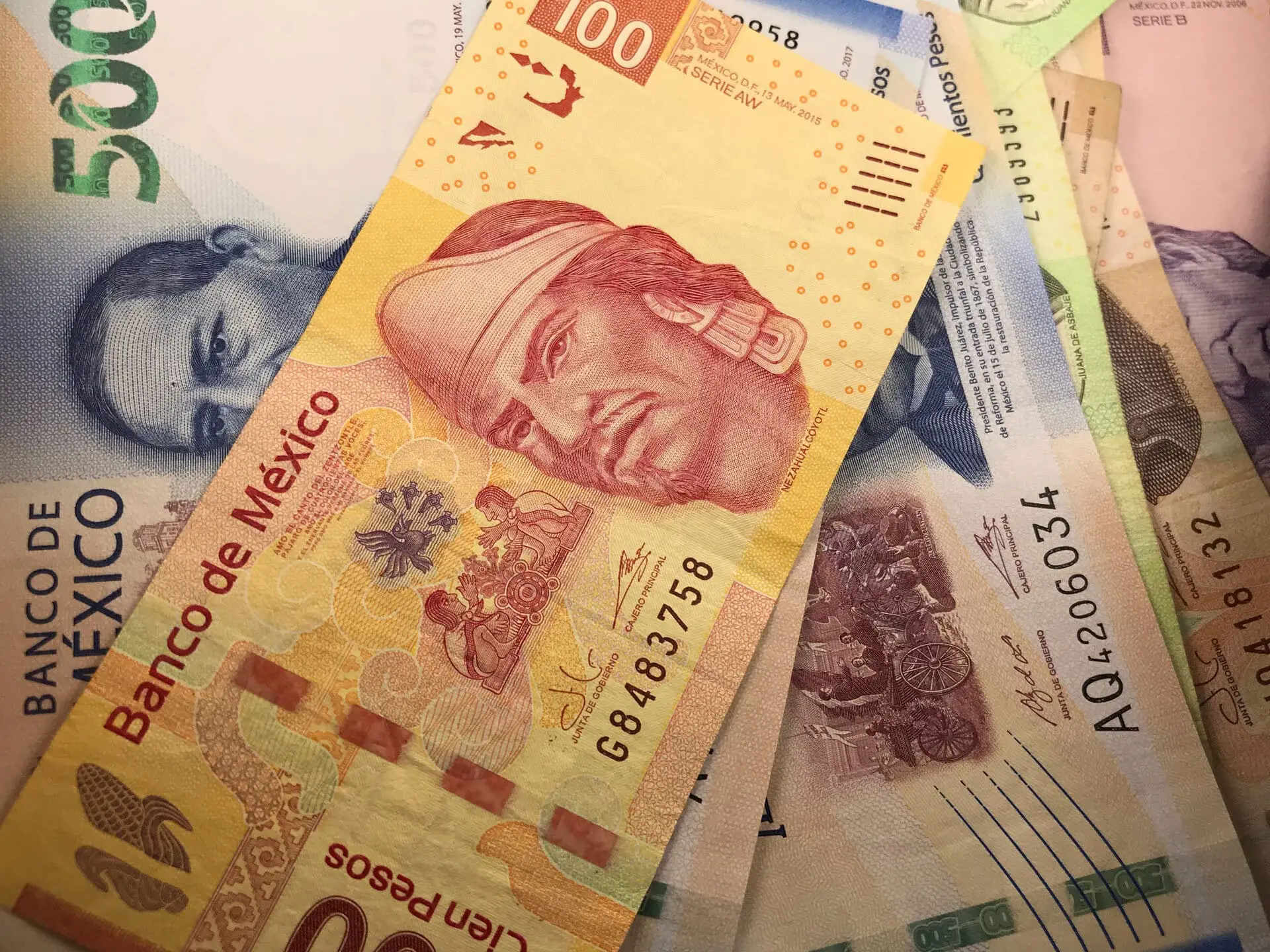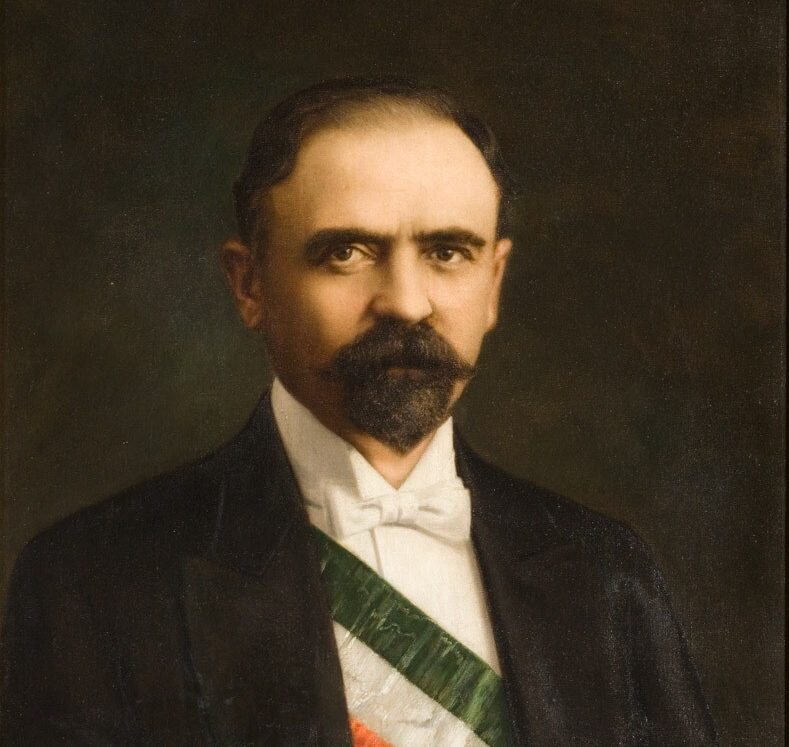In this newest series from #WeLovePV, we take a look at some of the names emblazoned upon Mexico’s street signs, currency, and public consciousness to answer the question that has lingered on the lips of Vallarta visitors since time immemorial: “Hey, Who’s That Guy?”*
Aquiles Serdán, whose namesake street in the city runs east through the Emiliano Zapata neighborhood toward the Pacific Coast, was an instrumental figure in the Mexican Revolution that began to shape our gracious host nation into its’ modern form.
Born Aquiles Serdán Alatriste in 1876, the political future that awaited this future statesman made itself apparent from the very beginning. His grandfather founded a family legacy as state governor of Puebla during the 1850s, while his father Manuel advocated economic reform for the poor by co-founding the Partido Socialista Mexicano (Mexican Socialist Party).
A shared dedication to a more equitable society would take a heavy toll on family life, as Manuel Serdán eventually vanished under mysterious circumstances and is widely believed to have been targeted by conservative elements within the Mexican government.
Undeterred, Aquiles Serdán embarked upon a career in politics after establishing a living as cobbler. Part of the reason for his transition to the public arena was his admiration of author and Presidential of Mexico Francisco I. Madero, whose book “The Presidential Succession of 1910” outlined the structural issues inherent in the existing regime, which had become a dictatorship in all but name during Porfirio Diaz’ five consecutive terms as chief executive.
Madero’s incendiary ideas stoked the embers of rebellion left from Serdán’s personal experience with the oppressive government, radicalizing the shoemaker and driving him to the streets. By October 1909. Aquiles Serdán had been arrested by Diaz’ corrupt government officials, spending the remainder of the year behind bars as a political prisoner.
Upon his release, he openly campaigned for Madero in the 1910 elections, but when the candidate was captured and held under false pretenses while fraudulent elections were held, Serdán sought refuge north of the border in the United States. Retreat guaranteed his immediate safety in the purges that followed, and also offered the revolutionary the time and space to devise a course of action that could turn the political tide in the country.
Before long Madero escaped his confinement and begun to organize a rebellion. Hearing the call, Serdán returned to his native Puebla to prepare for armed insurrection. With the help of his brother and sister as well as investors in Texas, Serdán purchased weapons and equipment as well as recruiting men to bear them into battle.
However, rumors tend to travel in all directions…President Diaz had also learned of Madero’s plan to incite a nationwide revolt, specifically of Serdán’s level of involvement.
Armed forces under Diaz’ command were dispatched to the Serdán residence, and the family was forced to take up arms and defend their home. Serdán’s hopes that the city of Puebla would rise up and come to his rescue were in vain, as law enforcement was eventually able to overwhelm and kill Serdán after losing over 150 men in the shootout.
Francisco Madero, learning of his devoted ally’s last stand and untimely demise, is reported to have remarked “It does not matter. They have shown us how to die.”
Today, Aquiles Serdán is greatly revered in Mexican culture, and his house in Puebla has even been preserved as a museum since the day of his death…and so, the next time you’re strolling following the cobblestones toward the Malecón along the street that bears this revolutionary man’s name, perhaps pause to consider how one man can change the course of history.



